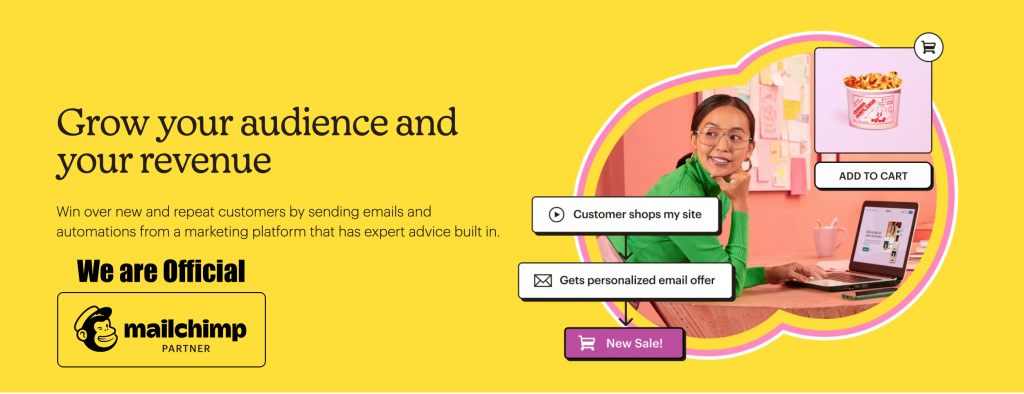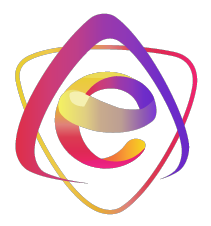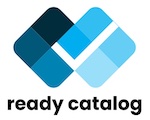Facebook Ads
Facebook Ads is a platform provided by Facebook to allow your to run ad campaigns on Facebook, Instagram, and other Facebook affiliate network. In Dubai, the biggest social media platform is Facebook and the platform which is loved by every age group audience. For this reason, many organization in UAE likes to advertise on Facebook to get the most amount of impressions and leads. Keep in mind although you can get more impressions of your customers at a cheaper cost, you need to do this investment in the long-term like any other form of advertising. Even once you understand the ad metrics, you may not be optimizing Facebook ads correctly. There are other aspects, aside from the numbers, to pay attention to that can benefit your ad performance. Fortunately, we’ve broken down a variety of ways you can increase your ROI.
Note that Facebook is continually changing algorithms, it can be hard to get organic traffic on Facebook. This is where paid advertising can help. Paying for placement on the platform allows you to get in front of more people, and to get in front of the specific ones that you want.

Facebook Ads have a number of different forms. Promoted posts, for instance, look just like regular posts from your Facebook page, but are more likely to show up in a user’s feed. Display ads can also be inserted into the feed in the form of videos, slideshows, or photos. Also note, now you can even advertise in the messenger app of Facebook.

We will go through this article step by step to optimize the Facebook Ad because the key to winning customers is to start with a good advertising strategy.
Step 1: Optimize your advertising strategy
Understanding the audience’s demography, age, likes, dislikes, cultural understanding, tastes, interests, behaviors, and connections will really help to in building effective advertisement. So a good understanding of the people can really help you get the customer attention and help you close the deal.

Now, let’s understand the Facebook UAE audience. Dubai has the greatest number of people in Facebook which is around 4.5 million users. Most users are between the age of 25 to 34 years. Most people in UAE who access Facebook uses the Android device which is around 78%. Out of total number of Facebook users around 6.6 million users are male and around 2.3 million users are female.


So, let’s say you’ve been running your ad for a couple weeks now and the ROI is just not there. You have great creatives, great copy, and a hefty budget, but people are just not interested in your ad. What’s the one thing in that statement that wasn’t quite right? You guessed it, the people. If you aren’t targeting the right people that are interested in your product or service, then even the best advertisement won’t perform or capture their attention. Facebook offers tons of options for selecting and optimizing your target market, so there’s no excuse for not optimizing your audience. Let’s dive into the best ways to do that.
Now let me tell you the SECRET which is not a secret but more often people do not apply in their advertising strategy.

Facebook has a tool for your website which is known as Facebook Pixel to track all the visitors to your website and keeps a list of those who came to your site but didn’t convert, so you can go back and target them again with similar ads. It’s essentially a reminder of your business to people who have already seen it.
Now, After your Facebook ads complete the learning phase and have had time to generate results two to three weeks into the campaign, it’s time for retargeting. Only 2% of most website visitors complete a purchase or registration on their first visit. So how do you get the other 98% of people to make a purchase? By having retargeting, also known as remarketing strategy by Facebook PIXEL.
Within Facebook Ads Manager, you can create many different kinds of Custom Audiences, such as people who have interacted with your social media, your website, your videos and even your customer email list. In our experience, the retargeting ad set tends to perform better than the target audience. But you still need both ad sets to run simultaneously because those exposed to your original ads are who populates your retargeting audience.

Images account for 75%-90% of an ad’s success, so high-quality product photography is crucial. Your retargeting initiative should include new visuals and copy so the customers do not see the same ad over and over. Because of how much smaller retargeting audiences tend to be, 2 to 4 variations of graphics and text is enough to split test. Facebook metrics includes the average frequency that each ad has been shown to the same person. At Shubbak Technologies, we limit the frequency to two before we turn off the respective ad so it doesn’t get too repetitive.
Next, it’s time to create a Lookalike audience based on your Custom Audiences. The Facebook algorithm uses data, such as common interests, behaviors, and demographics, from your previous custom audiences and customer lists to generate a new audience. Facebook recommends the custom audiences you use to create Lookalike audiences to be between 1,000 and 50,000 people. If the audience is too broad, it becomes harder for the algorithm to pinpoint the characteristics and behaviors. If it’s too small, then there simply isn’t enough data to create the new audience. Unlike retargeting, your lookalike ad set does not need new graphics because these ads will be shown to new viewers.
History has proven that Custom audiences and Lookalike audiences tend to perform better than the original target audience. But this does not mean you can skip creating the target audience. To convert customers, you must direct them through the sales funnel that begins with spreading awareness, so implementing multiple audiences is beneficial in achieving results.

Step 2: Structure you Ad campaign
You’ve mapped out your strategy and objectives, now it’s time to strike! Facebook allows you to choose from 11 types of campaigns tailored to your business goals. But we are going to focus on Conversion ads that drive sales and your return on investment.
A purchase is the last step of the conversion funnel. And more often than not, it’s the hardest one to achieve – which is also why conversion ads are the most difficult to optimize.
TRACKING– In order to track your website purchases, you’ll need to install a pixel.There are 9 specific actions that Facebook pixels can track in addition to tracking number of website visitors, as shown in the table below.
Ad Creative
It is imperative that the creatives should have an attractive graphics in optimizing Facebook ads. On the digital battleground, it’s a constant fight for each viewer’s attention. Video ads typically perform better than static ads. Because thanks to Facebook’s autoplay ability, the movement is more captivating, and therefore more effective. However, your video does not need to be a professional commercial. As long as it is over 2 seconds, Facebook will run it. It can be as simple as interviewing customers about their experiences or unwrapping a package to reveal your product.
Step 3: Setting a Budget
A larger advertising budget does not guarantee more sales, but it can push your ads through the learning phase faster, so you can start optimizing and generating results. Different campaigns may demand different sized budgets. Conversion campaigns usually spend more than traffic campaigns to be able to pull customers through the sales funnel and bring in results. We recommend a minimum of $150 or AED500 a month, which is $5 or AED20 a day, for any ad campaign.
One of the latest tools for better optimizing Facebook ads is Budget Optimization. This feature can be turned on and off throughout the campaign as long as all your ad sets are optimized for the same conversion.
Turning on Budget Optimization allows the Facebook algorithm to distribute your daily ad budget across all your ads in the whole campaign, rather than restricting your budget within each ad set. With this new setting, the algorithm can take it a step further by automatically monitoring and optimizing Facebook ads for you.
Step 4: Monitoring
Monitoring your campaigns includes keeping an eye on the metrics and progress. Ads Manager date presets lets you compare results from two time periods side to side.

Turn off the ads or campaigns that aren’t generating any results and leave on the ones that are. The relevance score of each ad is a rating between 1 to 10 that estimates how well your ads resonates with those who have seen it. Ads need at least 500 impressions before they can assess the rating. A consistently low relevance rating means it’s time to adjust your target audience.
Learning Phase
The Facebook algorithm needs time to figure out just who to show your ads to in order to bring in the best results. A new campaign typically takes a week to complete learning, or 50 conversions, depending on which comes first. No matter how big your budget or audience, your campaign needs time to figure out what to do to best reach your customers.
Completion of the learning phase only means that Facebook has gained its footing, but in our experience, a conversion campaign typically needs 3 to 6 months to really get going.
It differs among the types of campaigns, but Conversion campaigns have five ad delivery optimizations you can choose from: link clicks, landing page views, conversions, impressions and daily unique reach.
To drive your customers through the sales funnel, you have to start with a wider net. Optimizing delivery for landing page views tells Facebook to deliver your ad to people who will actually spend time on your website. Once you can get people to view your site, it’s easier to get them to buy because they’ve already been exposed to your brand.

Regardless of your product or service, it takes time, work and even a little luck to drive up sales and ROI. For more guidance, contact us with your questions or check out our Facebook Advertising services to learn what we can do to help you get the most out of your advertising budget. Don’t have time for a chat? No worries! We’re always here to help in every way we can. So drop your questions in the comments below and we’ll be happy to answer them.





